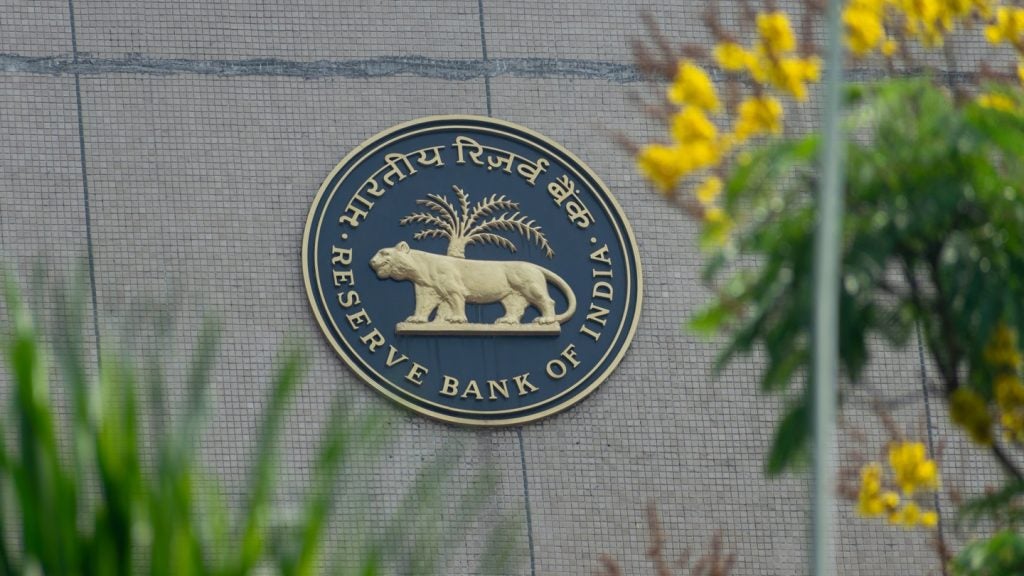After a sharp dip during the recession, card fraud looks like it is back with a vengeance. Across the last two years (2012 and 2013) the cost of fraud with UK-issued cards shot up by 29% to a total amount of £405m, writes Giles Nelson
Blocking a fraudster or a thief before he can use a card will save the victim and the bank a lot of time and money and keep reputations intact. Yet if a bank is too zealous and customers find they cannot use their cards whenever they do anything slightly out-of-the-ordinary, then their patience is likely to expire, no matter how pressing the threat of fraud may be. Customers expect their banks to be able to sort it out.
What will stop fraudsters in their tracks is the ability to identify fraudulent transactions in real time by matching what someone is attempting to do with a card against the customer’s historical patterns of behaviour.
Advanced applications can achieve this while accepting that the customer will sometimes diverge from what he or she does week-in, week-out. On the other hand, all the transaction data from point-of-sale systems and cash machines can be handled and analysed so quickly, there is a chance that even the first attempt by a fraudster to milk a card will fail if it is sufficiently anomalous.
Speed is essential because criminals use cards or card details very quickly to avoid detection. When a card is cloned, the right software application will spot a discrepancy from among the millions of other transactions. It will pick up that the same card is being used in two places at similar times and register that this is physically impossible. It will then block the card before it can be used any further.
This is just as true when so-called card-not-present fraud is committed after card details given over the phone or internet are acquired by unscrupulous people and immediately employed to make purchases or withdraw large amounts of cash. Last year, card-not-present fraud leapt by 22% and according to industry watchdog Financial Fraud Action UK, forms the largest single type of fraud with bank cards, costing an estimated £301m.
The use of a card for a large number of transactions in a short period is also very typical of fraudsters wanting to empty accounts before they are intercepted. To counter this, a financial institution can set a rule about a customer’s card in its surveillance software.

US Tariffs are shifting - will you react or anticipate?
Don’t let policy changes catch you off guard. Stay proactive with real-time data and expert analysis.
By GlobalDataThis could be that when there are three transactions over a certain amount within 30 minutes, then the third transaction will be blocked and the customer contacted.
A bank can also use the technology to detect suspicious increases in the average spend per transaction on a card and if necessary, alert the customer. If the amount spent is usually £50, then three items at £500 in a luxury store will stand out, especially if they are made on the same day and outside the pre-Christmas shopping period. But in order to defeat the thief with a taste for Tiffany jewellery, applications must be able to perform complex time-based correlations to match what is happening with known, historic patterns. A customer with a high salary and a pattern of substantial spending does not want his or her card blocked for what is effectively a routine transaction.
Since banks also have their customers’ personal details, such information could also be used to allow for short periods of exceptional expenditure that crop up each year around birthdays. So much of the effectiveness of advanced applications lies in building a history of individual consumers and using it to protect them.
The secret of success in defeating card fraud will be the ability to marry historical, contextual data with the capacity to make rapid decisions in real time, allowing a fraudulent transaction to be blocked with speed and confidence. When ownership of smartphones and tablets means people are accustomed to dealing with organisations and one another in real time, banks and financial institutions must adapt to meet these increased expectations.
Giles Nelson is VP of intelligent business operations at Software AG









